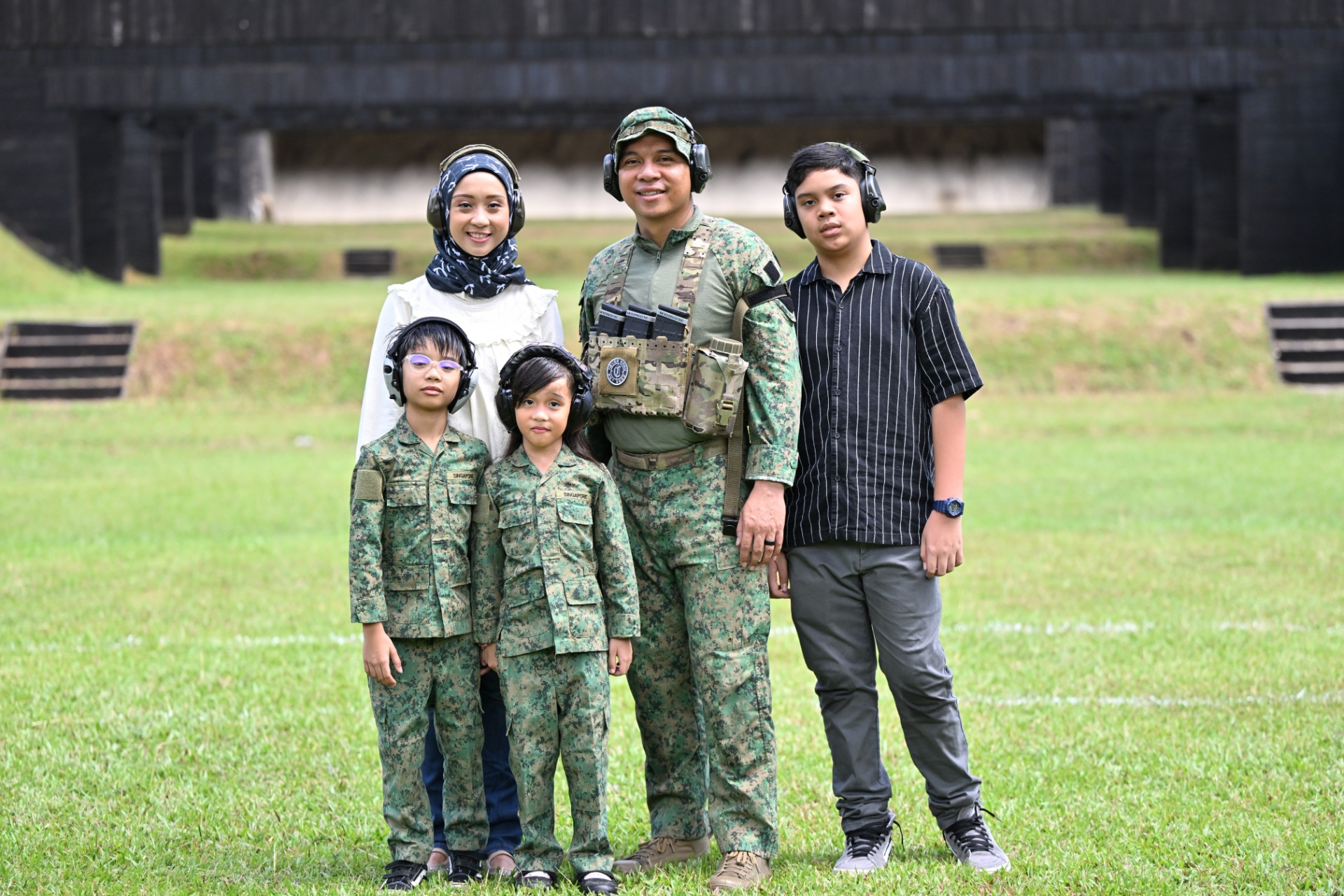APACHE ACES ABROAD
PHOTO // Courtesy of Peace Vanguard Detachment andAlvin Lim
Nestled in Silverbell Army Heliport in Marana, Arizona, is the Republic of Singapore Air Force's (RSAF) latest addition the Apache helicopter squadron. Since it was set up in the United States in 2001, the key focus for the Peace Vanguard detachment has been to achieve operational status and integration capability before making its way back to our shores early next year.
The US Army is known to be the most experienced in operating Apaches, so it was of little surprise that the RSAF opted to train there after acquiring the 'D-model' attack helicopters.
As LTC Augustine Teo, the first Commander of the detachment, put it, training with experienced operators can "jump-start our operations, instead of wasting time re-inventing the wheel".
The detachment started off as a company in the 1st of 285th Battalion, an American Apache unit in the Arizona Army National Guard (AZARNG).
It was tough setting up the detachment from scratch, recalled LTC Teo, who has since returned to Singapore and is now a Branch Head in G3-Army.
"We had to build a new warehouse, a new ops and admin building and, of course, share hangar space and parking pads with the Americans," he said.
Subsequently, the first aircraft arrived in Jun 02. Even before their arrival, the detachment had been sending team members to Boeing to do periodic inspections of the aircraft that were still on the manufacturing line. At the same time, there was a build-up of manpower, so by the time the aircraft was available and flown to the detachment, the servicemen were ready to operate it.
The next phase saw the detachment developing training profiles, looking at the vast training areas and segregating them. The pilots took on more operational roles, such as night flying and multiple-aircraft operations. The first firing exercise was held successfully in Nov 02.
Other types of build-up saw the technicians going through Night Vision Goggle (NVG) Driving and Nuclear, Biological, Chemical (NBC) training. Field deployments, where the servicemen operated out from the field and were trained in small arms like pistols or the M16, were also a must. In addition, all the Standard Operating Procedures on operational activities had to be documented.
"All this was really in preparation for certification training in Fort Hood, Texas," revealed LTC Teo.
CPT Alvin Chan
MAJ Jeff Yeo
LTC Augustine Teo
1WO Chia Gim Hua
SSG Vigneshwaran
True and certified
All Apache units in the US Army must undergo certification training for Initial Operational Capability (IOC) before they can be fielded operationally. It certifies that the unit is trained and ready for combat. The entire battalion is involved in the certification process.
The Singaporean servicemen were introduced to a whole new realm of "realistic training" that the Americans have to go through to be certified.
"We had force-on-force training for the first time, meaning we had simulated enemies coming to attack the deployment," LTC Teo explained.
"It was the first time we had people deploying to various sectors to prevent infiltration, the first time we saw people getting 'killed', and we went through the whole process of crew and ammo replacement. The fact that a technician had to do sentry duty and be involved in all these 'fights' was also something very different."
When the detachment finally achieved operational status, it was time for celebrations because till that point in time, all efforts had been directed towards the IOC ever since the detachment was set up.
"It was a load off my shoulders, and I think everyone felt a sense of relief. I never felt so close to all the guys in the detachment or unit before," LTC Teo said.
"We got on each other's nerves, definitely, but it was through those tough times that we came to know each other better and really came to respect each other more."
Vertical limit
What made the achievement even more special was the steep learning curve that the pilots had to overcome when they handled the Apaches for the first time.
For MAJ Jeff Yeo, who used to fly the Vietnam War-era UH-1H 'Hueys' before being sent to the detachment, it was a big jump in terms of avionics the way the systems are managed in the aircraft.
"The configuration is also totally different. Hueys carry troops, so there is a big cabin area, whereas the Apache has no cabin," he said, adding that the gunnery system on board is also much more precise and dynamic.
Fellow pilot, CPT Alvin Chan, felt what made it more challenging was that the team also had a deadline to meet to be ready in time for IOC.
"If you look at the whole process, we had less than a year to work the pilots, technicians and everybody else. Everyone had to work as a team and to go out in full force and perform very well," he said.
"So I guess it's compounded in a certain sense from learning the aircraft, picking up the ropes, optimising the entire system, using it, and thereafter, participating in an exercise and passing it with flying colours."
As for technicians SSG Vigneshwaran and 1WO Chia Gim Hua, their encounter with the Apaches was an eye-opener in more ways than one.
SSG Vigneshwaran was previously in a fixed-wing unit flying the F5s, so it was like transiting between two entirely different worlds.
"For fixed-wing, there won't be major moving parts outside the aircraft and basically, everything is run by the engines," he said.
"I had a very hard time coping but I managed to get through with help from a lot of people."
Even for 1WO Chia, who has been in the helicopter community and working on mechanical systems since the first day of his RSAF career, the Apaches also stood out with their unique design, which minimises maintenance time.
"When the aircraft is down, you can get it up faster. Even if you want to change the transmission, it is simpler than doing it on the aircraft back home," he explained.
"The design concept is good for field purposes, and many safety features have been added to this aircraft too."
Grooving to a foreign beat
Besides adapting to the new platform, the servicemen also had to contend with weather changes, cultural conflicts and the growing pains of settling in a new environment.
Although the weather in Arizona is cool during most months, the temperature can easily rise up to 44 degrees celsius in the summer. To get a respite from the heat, the men came up with ingenious ideas, from wearing water-filled caps over their heads, to toting Camel-baks wherever they went for a constant supply of water.
"It is so hot we even have to wear gloves to open the panels on the aircraft, to avoid getting burnt. We made sure we looked out for the guys, checked them for heat exhaustion and ensured they went under the shade for a short break every half-an-hour or so," 1WO Chia said.
From the top: The servicemen carrying out regular maintenance on the Apaches; preparing and loading ammunition for gunnery exercises; and donning gas masks while undergoing Nuclear, Biological and Chemical training.
On top of weather differences, cultural differences were also apparent, from traffic rules to food served in the cookhouse.
LTC Teo recalled instances when he received complaints when children were spanked lightly as a punishment.
"For us in Singapore, it is a normal occurrence, but for them, it could be seen as child abuse. So simple things that we are used to in Singapore do not apply there," he said.
"During the first months I was in the US, my objective was to really get the local authorities to know us and help us assimilate in the community. We needed people to know we were there and that we came from a different background."
LTC Teo actually took the initiative to invite the Mayor of Oro Valley, Mayor Loomis, his deputy and school principals to a dinner and gave them a short video presentation of Singapore.
From then on, whenever the detachment and their families had problems in the community, Mayor Loomis went out of his way to help them. LTC Teo returned the favour by arranging for him to come to Singapore for National Day Parade 2002.
Tour of duty
It was not all work and no play for the servicemen in the detachment. As they were accompanied by their family members, weekends and rest days were largely spent going on holidays to explore their new surroundings.
"Normally during the weekend, we will go somewhere nearby a day trip up to the mountains or we'll go down to Phoenix for some shopping. We usually get a few families together and go in groups," said MAJ Yeo, who reckons that he has visited close to 50 per cent of the American states over the 33-month period he was posted to the detachment.
Leisure activities: MAJ Jeff Yeo and his family taking a vaction break at the Grand Canyon (top); enjoying Lunar New Year celebrations away from home (bottom).
As for longer breaks when the men went on leave, most of them headed to nearby cities that are within driving distances such as San Diego, Los Angeles, San Francisco, Las Vegas and the Grand Canyon.
"For cities that are further, we have to fly out, and most of us go to Florida, Orlando to visit Disneyland, or the New York City area, which covers Washington and the Niagara Falls," he said.
"If we don't travel, we will play basketball and soccer games almost every weekend at the public park near where we live, at Oro Valley, about 25 miles away from base. Some of the guys also took up rollerblading," added 1WO Chia.
Not forgetting to do their part for the community, the detachment also took time to help a group of abused wives and children. Once or twice a year, they visited the shelter to celebrate birthdays, plan activities for the kids and bring presents for the kids.
The back pack
Three-quarters of the pioneer batch of RSAF personnel who had undergone IOC have since returned home, and have been replaced as the build-up programme continues.
The servicemen who have returned hold many fond memories of life in the US, and particularly miss the lifestyle they had there.
"The working pace here is very fast. There, work was very focused, the pace was slower and for us, we simply concentrated on the aircraft and did our job well," reminisced 1WO Chia.
"The people were really friendly, and were ready to help if you asked them to. For example, if you just wanted to cross the road at a certain area, the drivers stopped even though there wasn't any pedestrian crossing, and let you cross. And if you asked people in the mall for directions, they would take you to the particular place if it was within walking distance, instead of telling you verbally."
For CPT Chan, his stint in Marana will always have a special place in his heart because it is where his first child was conceived and born.
"My wife gave birth to our son on 10 March 2003. He is an MIA ABC Made in America, American-born Chinese!" said the proud father with a laugh.
"Jeremy was the first child to be born to a pilot there. It was quite an experience for me and my wife, and our initial apprehension was dispelled by the professional and good health care she received."
To date, over 30 babies have been born in the detachment, and many of the servicemen feel that living together like a big family was what made the Peace Vanguard experience more memorable.
"We occasionally got together and it was like an extended family where we helped each other out," said 1WO Chia, who added that the families have kept in touch since their return to Singapore.
Next flight
The next milestone for the current detachment, now led by LTC Christopher Wong, is the integration of operational capability, through Exercise Forging Sabre, which will be held in November.
Various elements from the SAF Commandos, Artillery and Unmanned Aerial Vehicles - will head to the US for an integration exercise with the Apaches.
"F-16s and CH-47Ds from the Peace Carvin II and Peace Prairie detachments based in the US have also been roped in, and for the very first time, we can integrate the SAF's firepower on an unprecedented scale," said LTC Wong.
"These are challenging and exciting times ahead for the attack helicopter community in the RSAF. The pace will be fast and furious and rightfully so. My vision is to develop this unit into a professionally competent and mission-capable unit, ready to take on the challenges of operationalising transformational strategies."
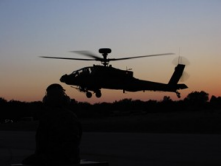
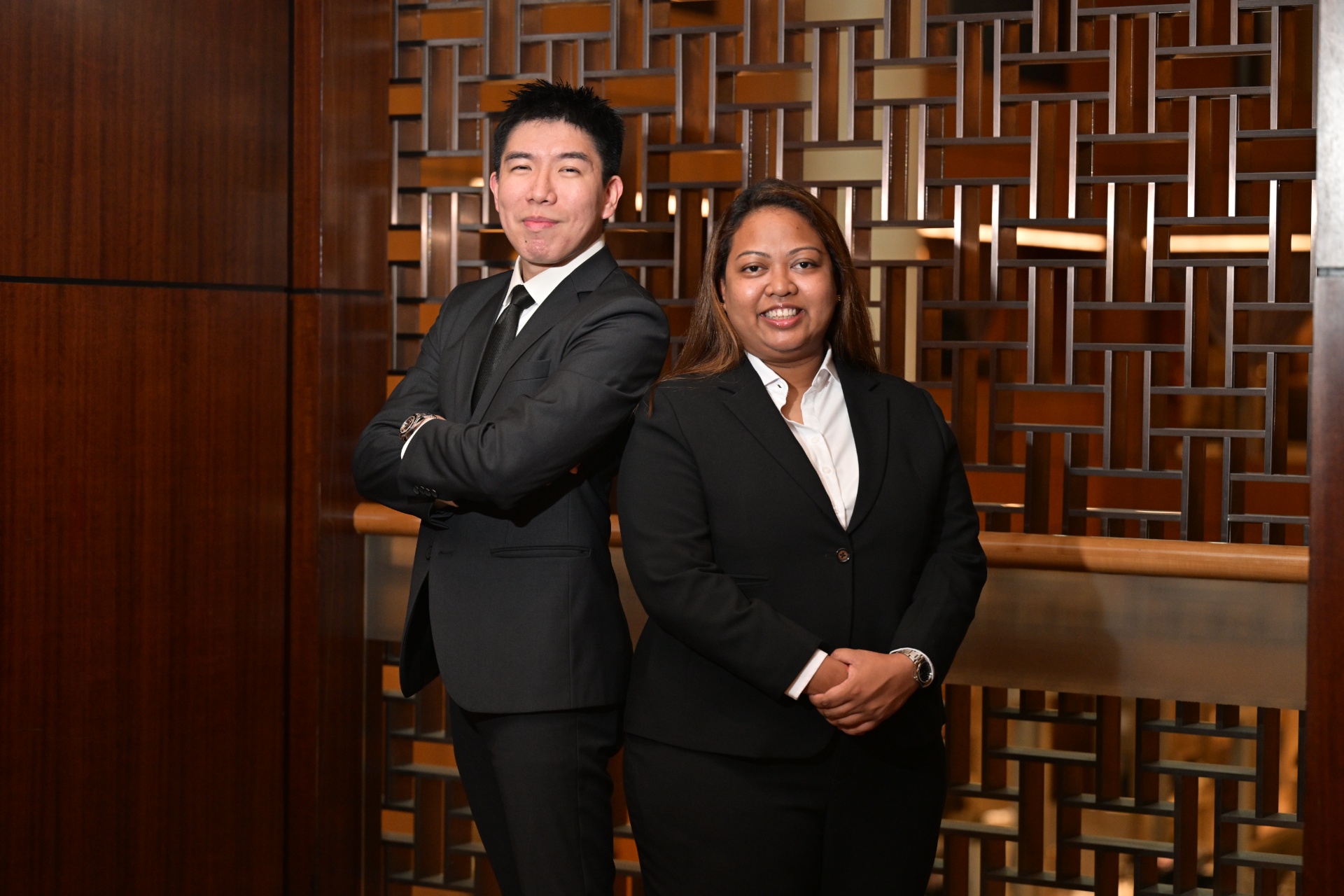
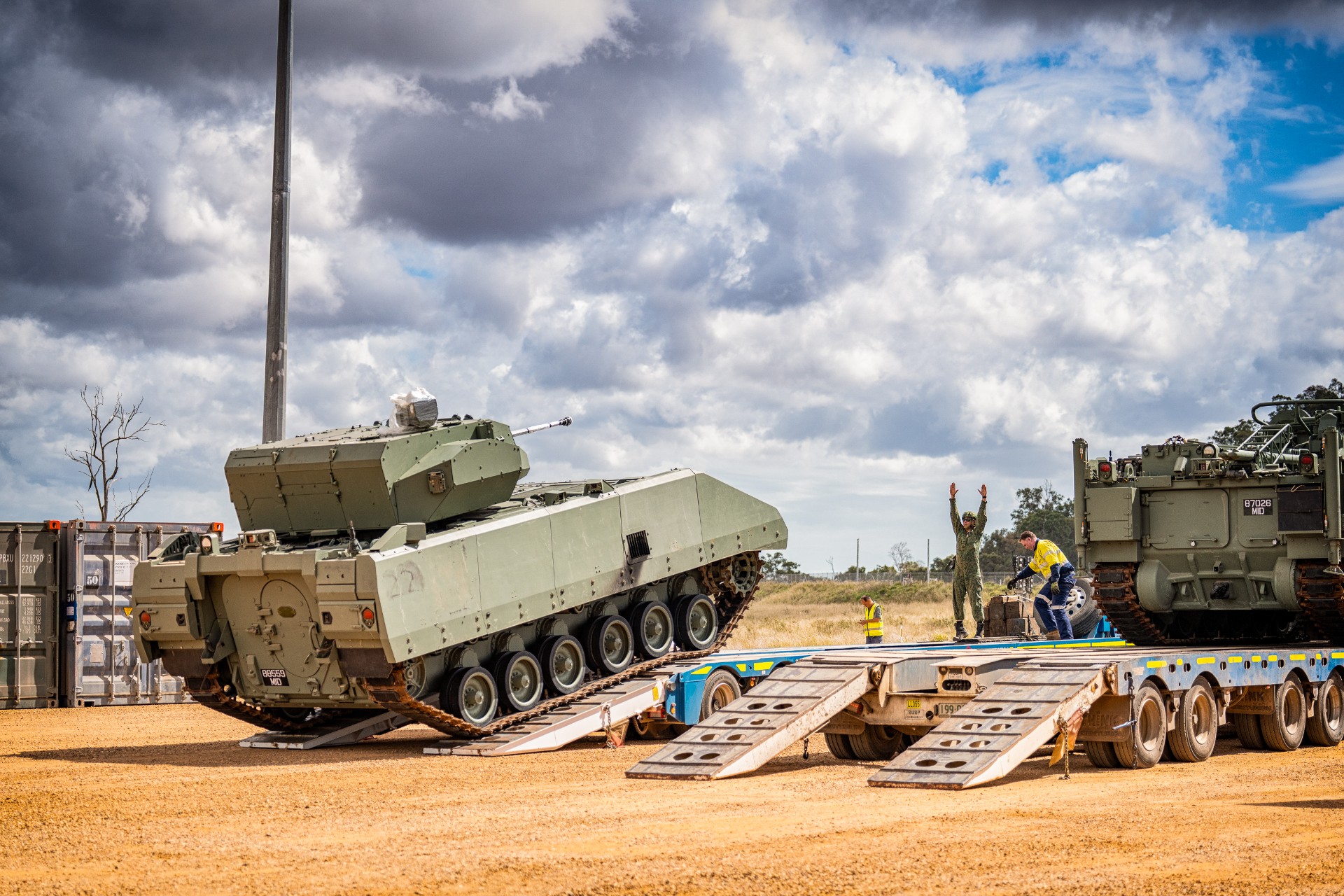
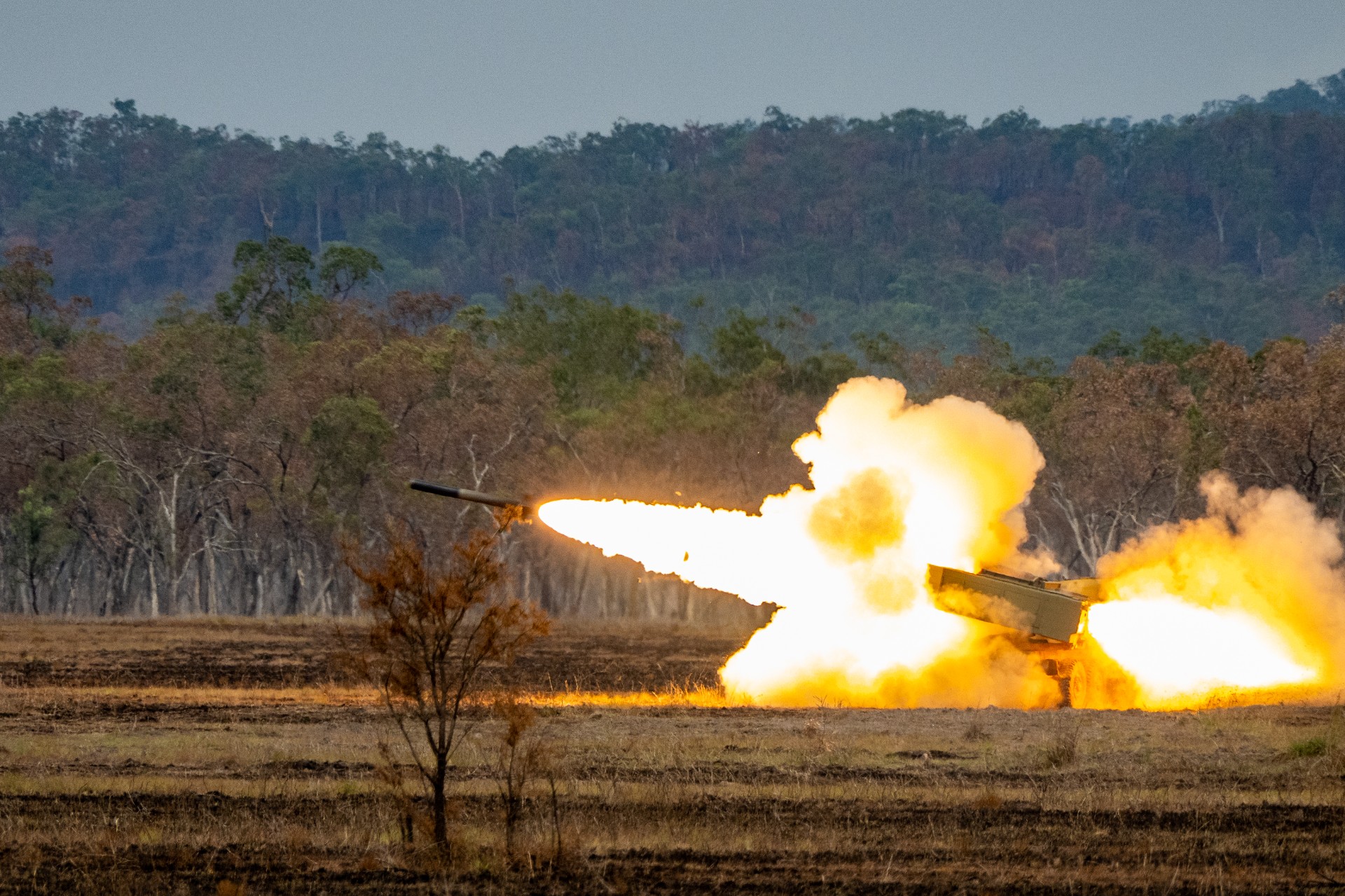
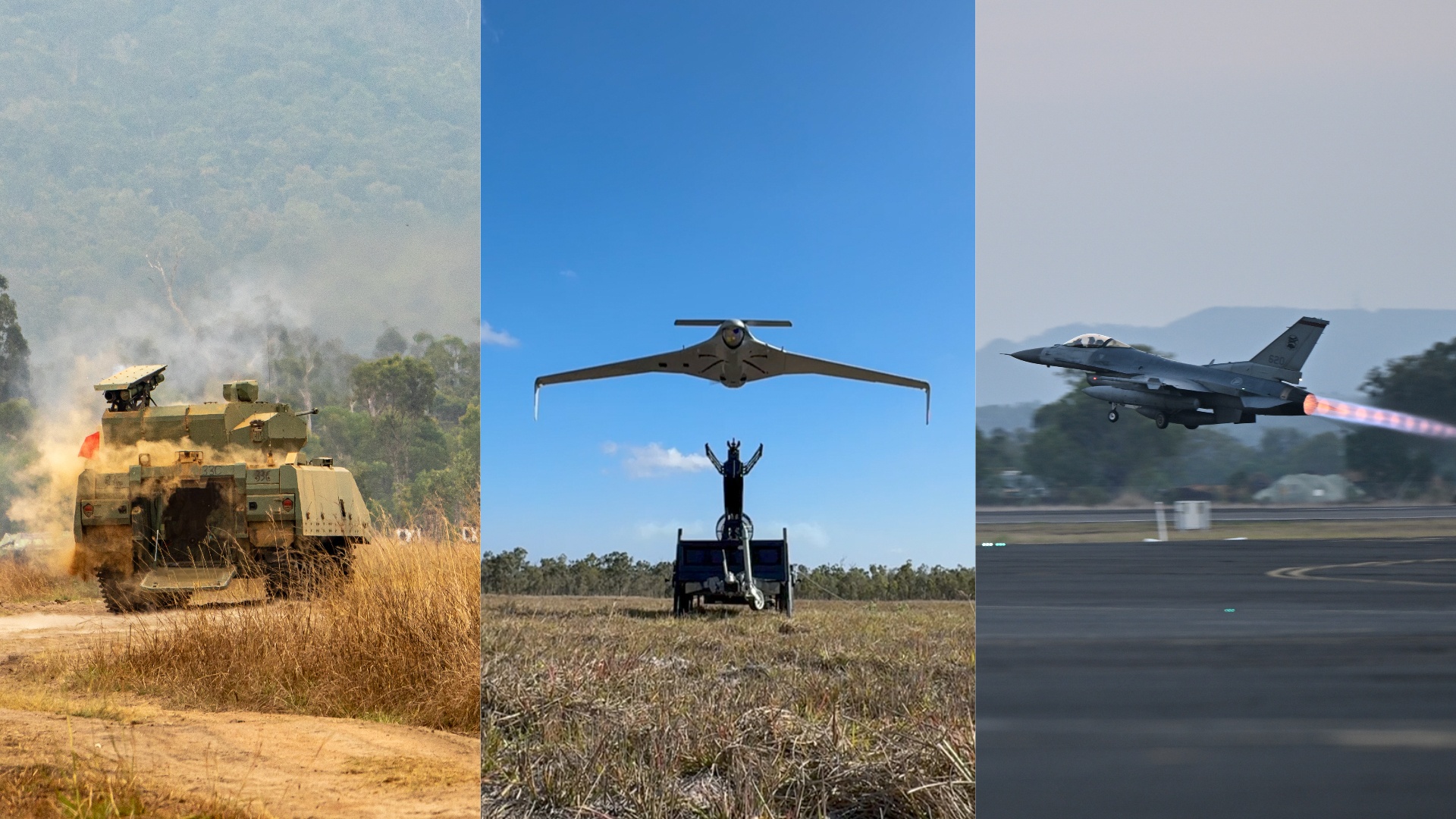

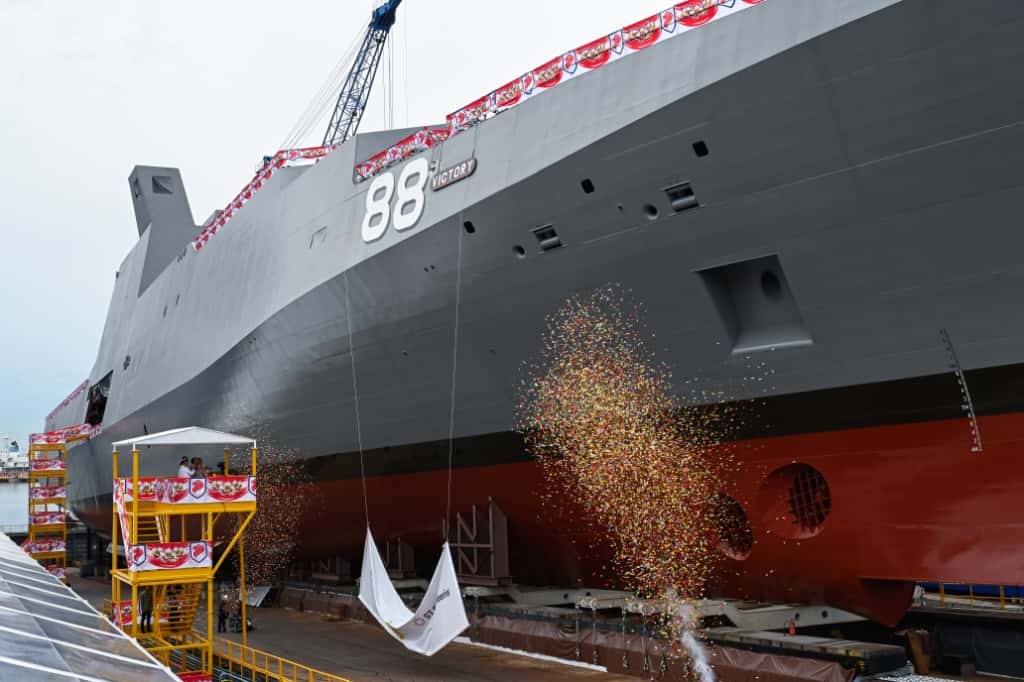
-dsc_2181.jpg?sfvrsn=cf8a503f_1)


